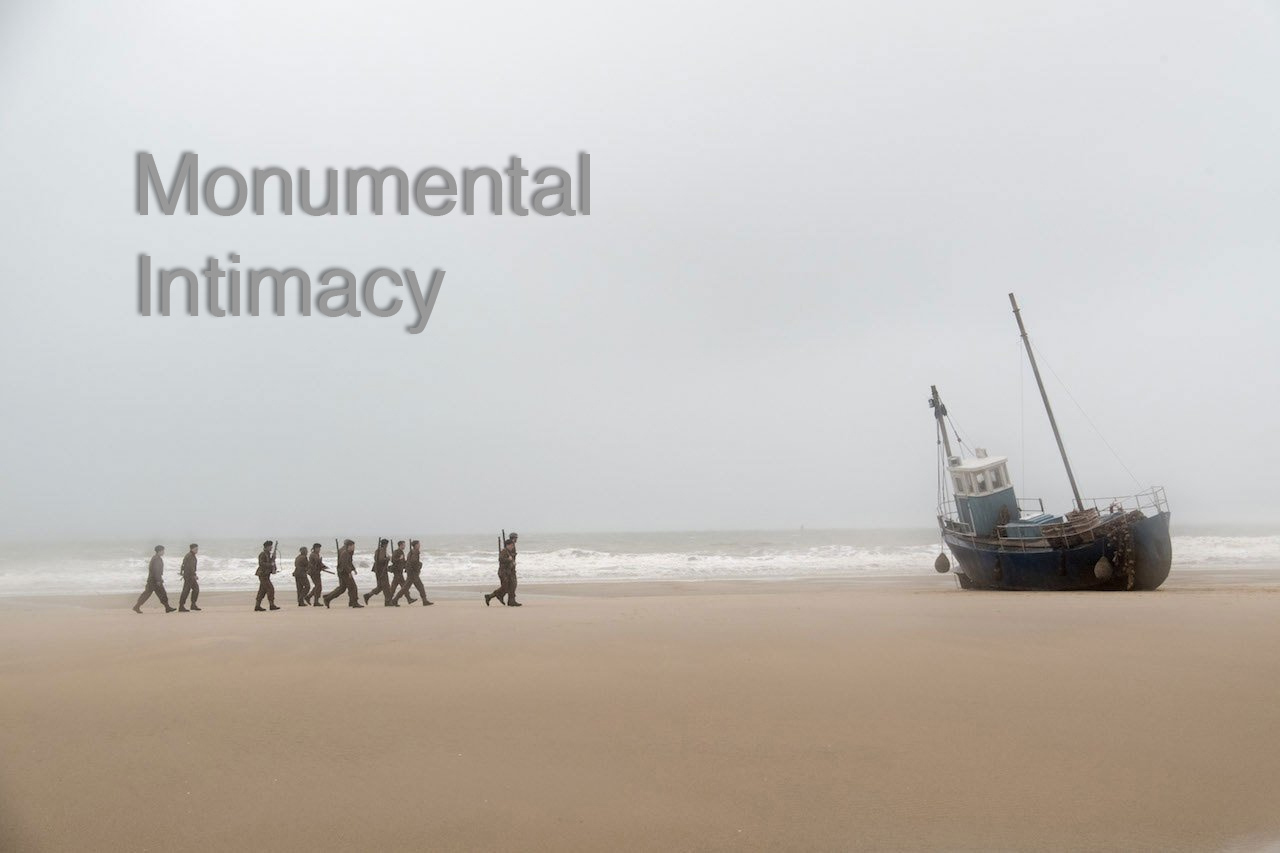
Monumental Intimacy - The Experience of Dunkirk
This post is about my experience of the movie's power and originality — a viewing experience that is the result of the filmmakers' art and technology, but is not always easy to describe.
My definition of a great movie is one that I want to see more than twice. Dunkirk was even better the second time I saw it. The film by Christopher Nolan with cinematography by Hoyte van Hoytema, ASC, FSF, NSC, recounts the extraordinary evacuation of some 300 000 British and French troops from a beach in Normandy at the beginning of World War II.
Dunkirk is one of the best films I've seen this year. This post is about my experience of the movie's power and originality — a viewing experience that is the result of the filmmakers' art and technology, but is not always easy to describe.
Note that the technical details mentioned below come from the press coverage, and especially my colleague Michael Goldman's wonderfully detailed article in the August issue of American Cinematographer, as well his informative interview with First AC Doug Hall for Studio Daily.
As with all great cinema, the experience of Dunkirk comes from a combination of art and technology. Below are some key points that struck me about the film.
+++
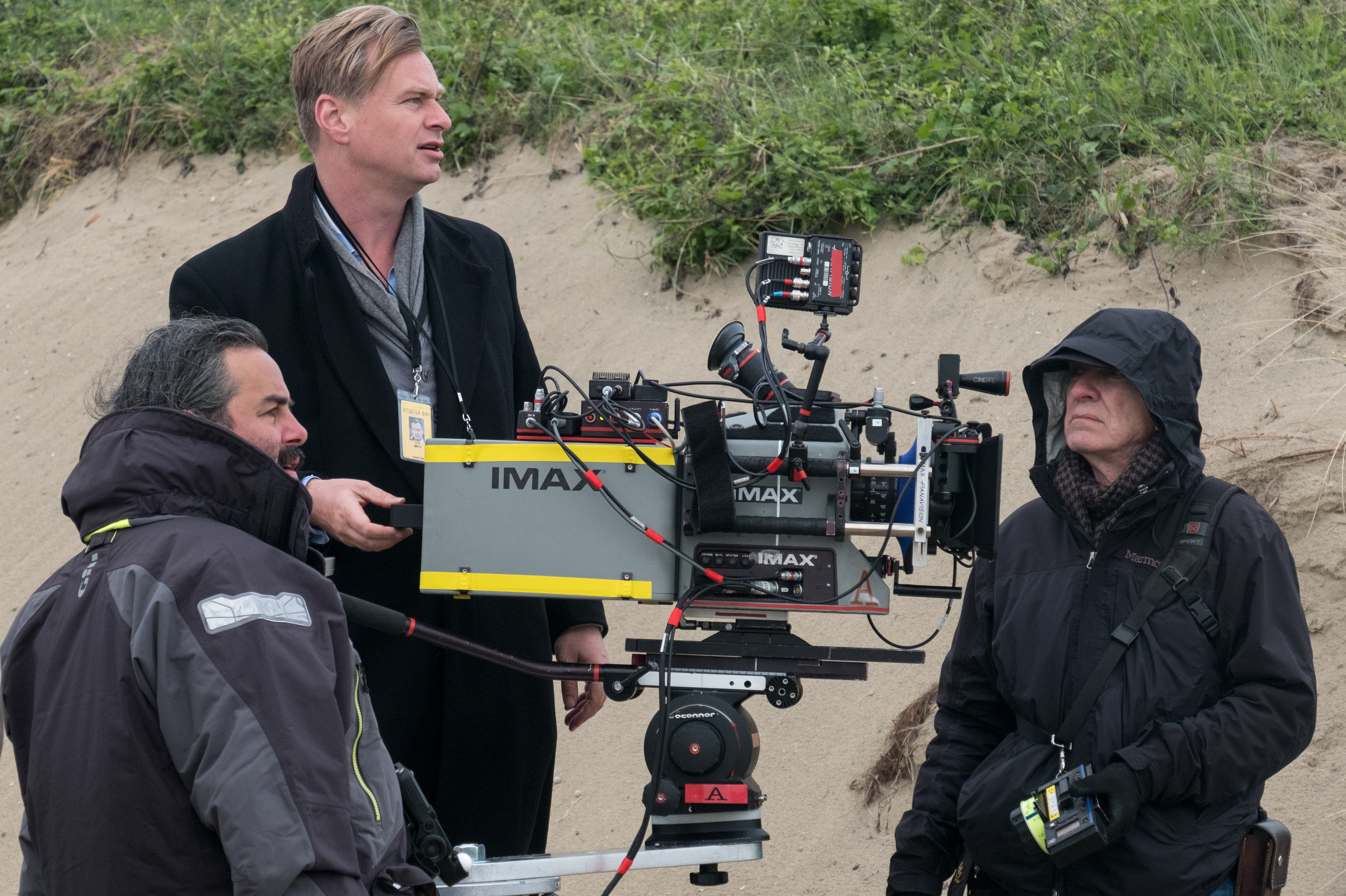
1. 65mm Negative
Dunkirk was shot in two 65mm negative formats: 15-perf IMAX and 5-perf 65mm. After seeing the IMAX version I was not interested in seeing Dunkirk in DCP. The filmmakers' dedication to large-format negative is wonderful. As elaborated below, it offers audiences both scale, immersion and intimacy -- a different kind of cinematic experience.
+++

2. Visual storytelling
Most of Dunkirk's story is told with images, not words. This approach enabled the filmmakers to use loud IMAX cameras for the 75% or so of the film that had little or no dialogue. (Nolan is said to be averse to dubbing dialogue later).
The filmmakers used quiet Panavision System 65mm cameras for big dialogue scenes, mostly on the Moonstone, a small leisure boat that sets off to Dunkirk with a father (Mark Rylance), his son and a teenager.
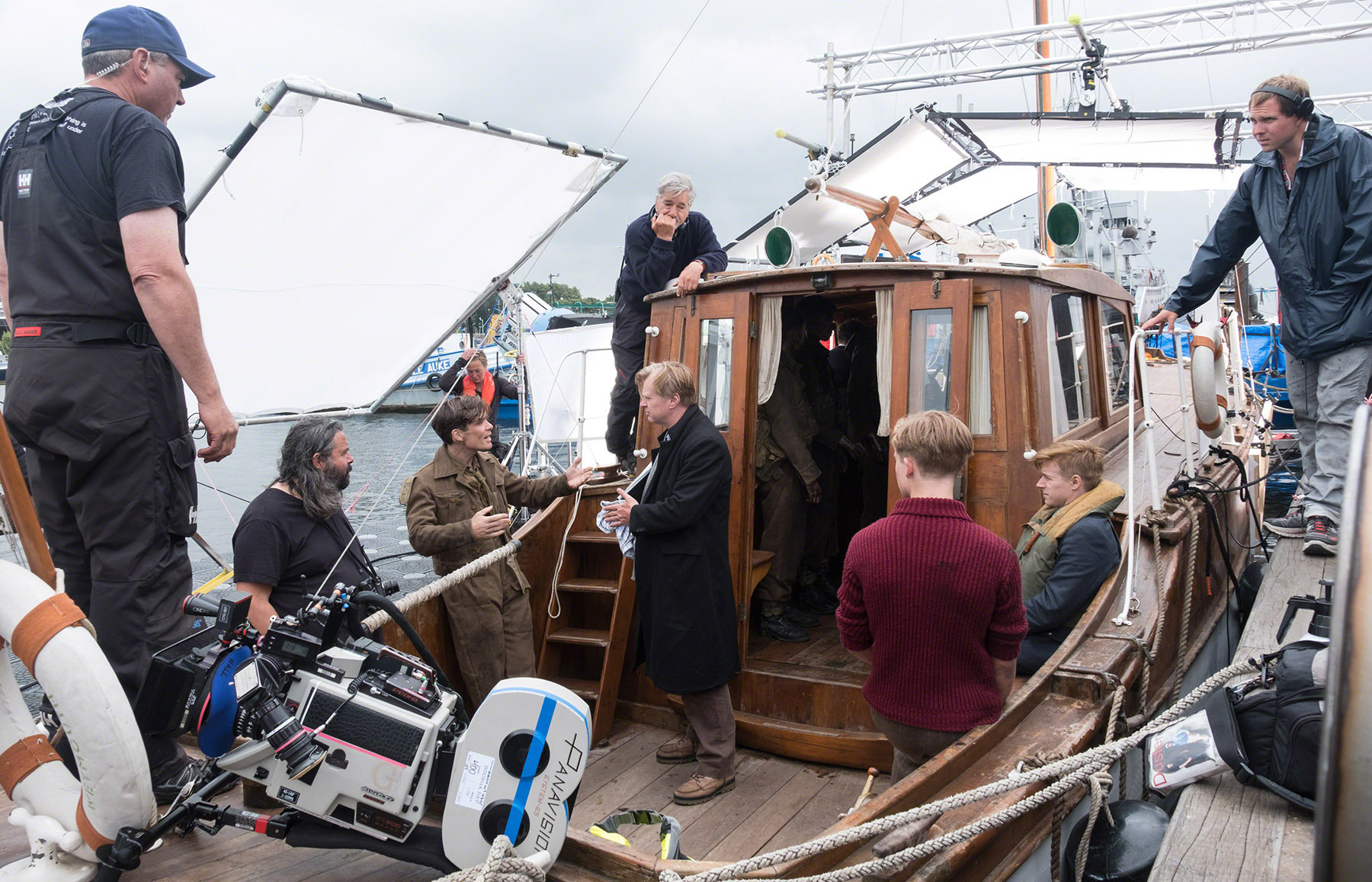
There were other dialogue scenes on the pier (aka “the mole”) with Commander Bolton (Kenneth Brannagh) speaking with fellow officers, and also in the train compartment in England.
The Spitfire pilot played by Tom Hardy speaks to his fellow pilot wearing an oxygen mask that covers his mouth, and he was shot in IMAX.
Cinema art and technology often define and constrain each other. In Dunkirk, the lack of dialogue dovetails with the use of an IMAX camera.
+++
3. Lack of exposition and backstory
Nolan's film presents the characters in the middle of the action. We know nothing about their past. Towards the end we quickly learn that Dawson's son was a pilot, but the film ends without us learning anything more about the other characters' pasts.
Dunkirk's characters are defined by their on-screen actions, not by allusions to off-screen events. The entire story is on-screen, which gives the film a cinematic purity. Even the enemy, the German army, are kept off-screen, as they are not part of the story.

+++
4. Poetry
The combination of visual storytelling and the lack of exposition contribute to Dunkirk's poetry. The movie's lack of explanations guides the audience to experiencing rather than understanding: to simply perceive the poetic image of a high tide leaving its foam, a face underwater below a blazing surface, or the beauty of a stilled propeller…
+++
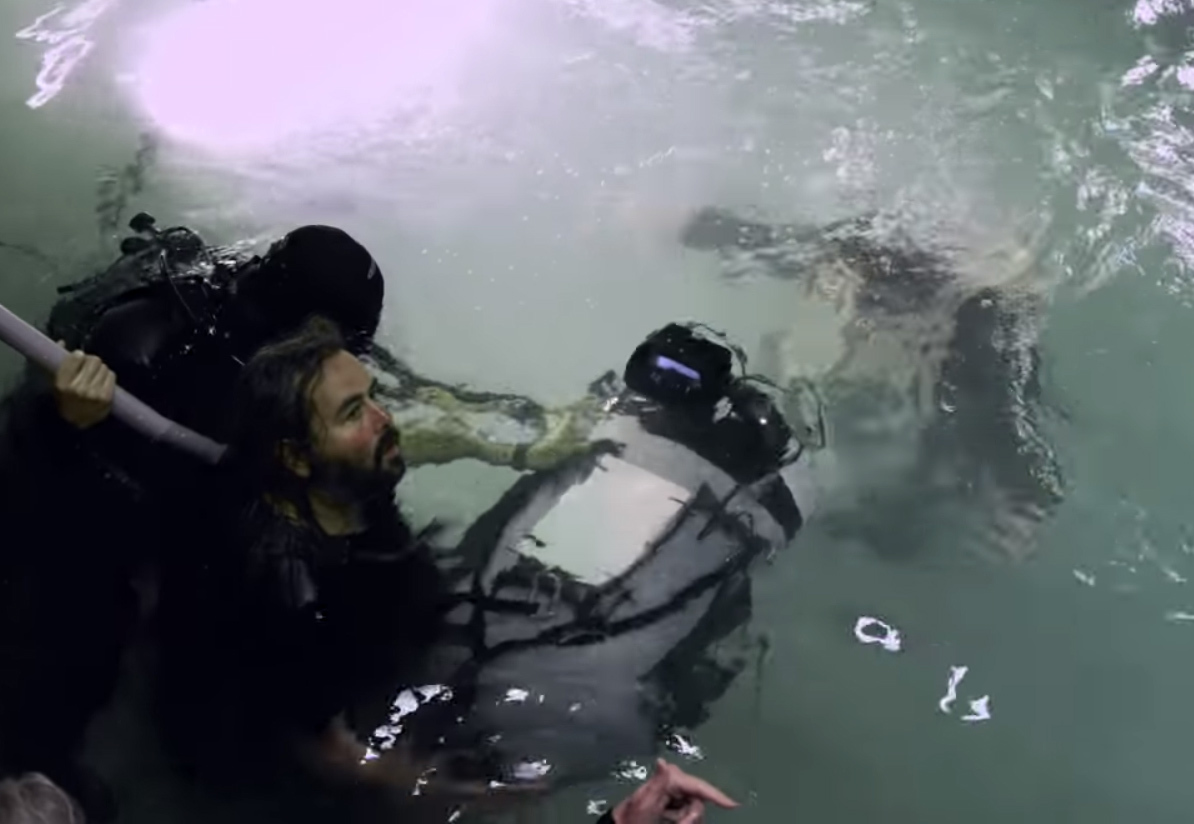
+++
5. Intercutting
Starting with his first feature, Memento, Christopher Nolan has shown a fascination with unconventional temporal schemes. Dunkirk is structured by intercutting three different events with three different durations:
a) The Mole (the pier on the beach) - one week
b) The Sea (Dawson's private boat) - one day
c) The Air (the pilot in a Spitfire) - one hour
To be honest, I believe that most audiences follow the three sets of characters, and are less mindful of the jumps in time. Nevertheless the movie is powerful indeed when a similar action is intercut between the three strands -- when soldiers all face drowning: in a downed Spitfire, inside a ship's hull full of bullet holes, underneath a fiery sea. It's wonderful also when a character from one strand appears in another, as with the pilot over the beach.
+++
6. Elastic Frames
As noted above, Dunkirk was shot in two 65mm formats with two different aspect ratios. Rather than adopt a smaller common format, the filmmakers chose to change the horizontal frame lines during the film to reflect the original formats, that is 1.43:1 for IMAX and 2.20:1 for regular 65mm.
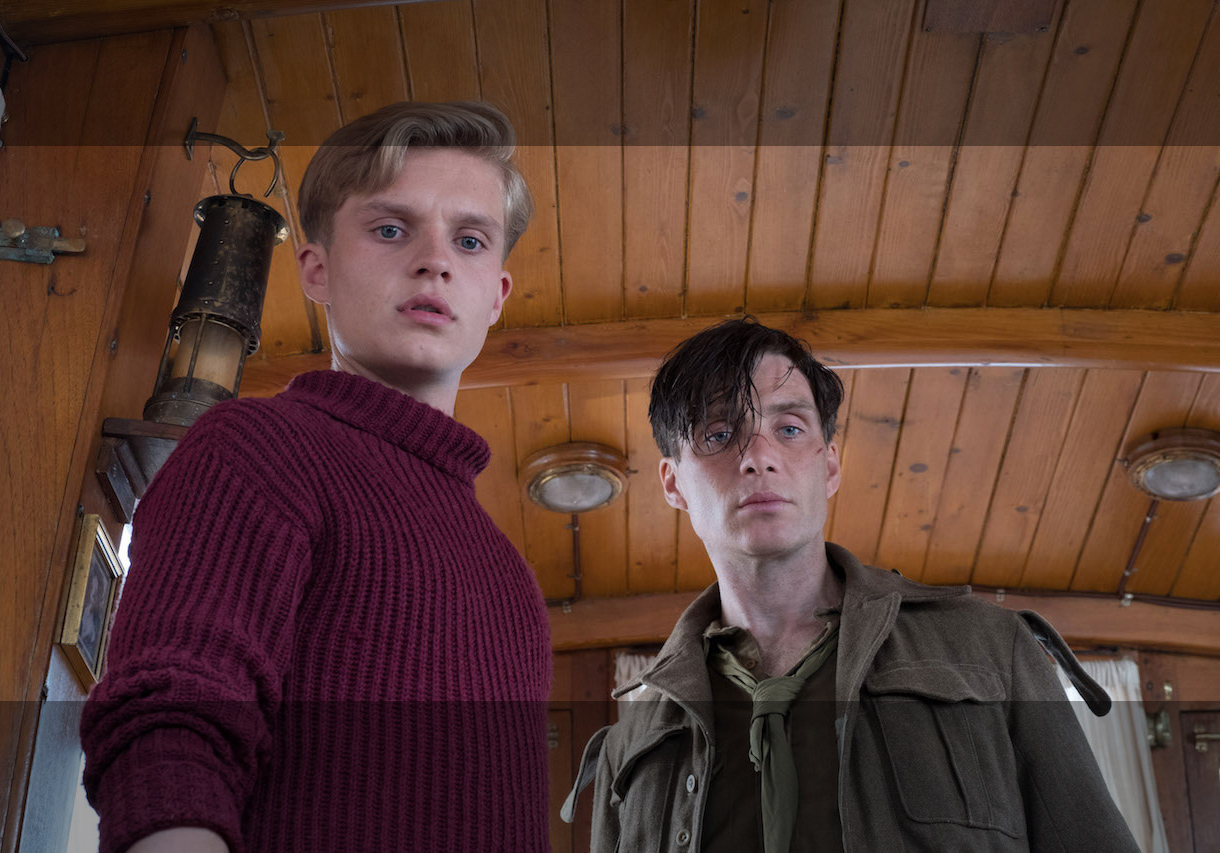
Michael Goldman's AC article explains that the on-screen aspect ratio varies between 1.43:1 and 2.20:1 for IMAX projections, and between 2.20:1 and 2.40:1 for DCP projection.
As Geoff D notes in his comment below, there was also a digital IMAX version that alternated between 2.20:1 and 1.90:1, as well as some 2K DCP projections that were set at 2.20:1 throughout.
+++
7. Immersion
I sat in the middle of the audience for both screenings. The giant squarish IMAX screen and its image resolution gave me a true feeling of cinematic immersion.
From the start, on the vast beach, I didn't feel like I was looking at a screen, I felt like I was inside a screen. As I looked at the ocean below from the cockpit of a Spitfire, the squarish format enveloped me in its vastness.
+++
8. Large Format
While the 65mm and IMAX formats bring both resolution and the unique texture of film stock to the screen, I was also struck by the distinctive composition, depth of field and perspective of large formats.
In his interview with Michael Goldman, First AC Doug Hall explains that 2.40 was “the guideline” for composition, while “protecting” the image above and below the 2.40 lines. This approach results in a more centered framing of characters in the squarish IMAX version, sometimes with a lot of headroom.
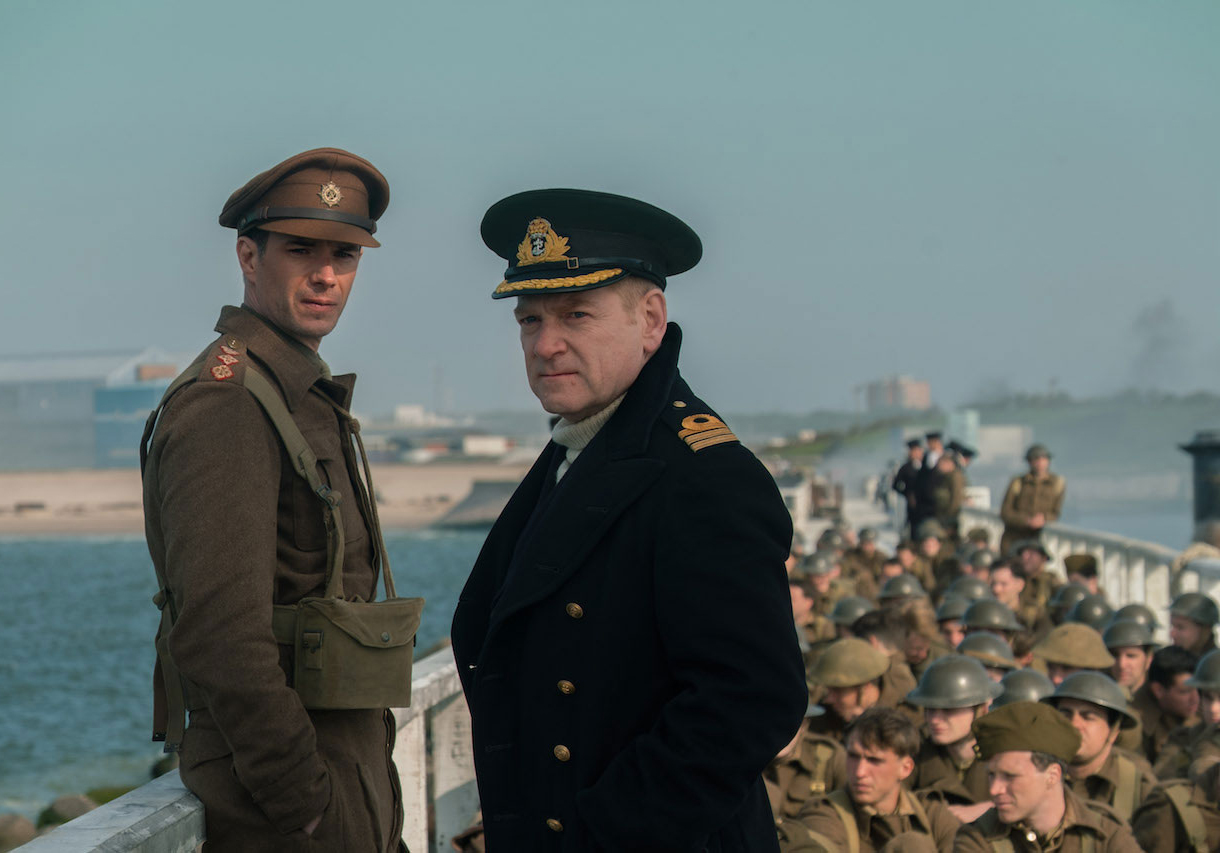
My relationship to an IMAX frame is very different from a standard 2.40 screen. I am less aware of the overall composition of the IMAX screen, because I am immersed in it, and my eye wanders around inside it. My experience of the IMAX screen is more open, less constrained than a normal screen.
The lenses used in large format are also key to the viewing experience. Filmmakers tend to use longer focal lengths with larger formats, than they do with standard Super 35. These longer focal lengths imply both a lower depth of field, and a more natural-seeming perspective than films shot in smaller formats. The lower depth of field isolates the character from the background, even on a very wide shot, bringing him closer to us.
+++
9. Monumental Intimacy
My experience of Dunkirk as a viewer is the result of all the points noted above, and then some.
I was struck by the filmmakers' ability to render both the epic sweep of the beach, the vast ocean, an army of soldiers… and at the same time the subtle emotions in a single face: the urge to survive, fear, confusion, madness, courage, shame, pride…
Christopher Nolan, Hoyte van Hoytema and their collaborators have created a contemporary large-format masterpiece that portrays both the vastness of the sea, and the closeness of a face. Dunkirk is a work of monumental intimacy.
+++
Unit photography by Melinda Sue Gordon, SMPSE, courtesy of Warner Bros. Pictures
+++
LINKS
wikipedia: Dunkirk the film
wikipedia: Christopher Nolan
wikipedia: Hoyte van Hoytema
Hoyte van Hoytema web site
ascmag.com: Wrangling Two Large Formats by Michael Goldman
studiodaily.com: First AC Bob Hall on the Camera and Lensing Challenges of Dunkirk by Michael Goldman
panavision.com: Large Format System 65
thefilmbook: Large Format: Ultra Panavision 70
featuring photos of Panavision System 65 Studio camera
thefilmbook: Practical Optics 1 - Testing Different Sensor Sizes
thefilmbook: Practical Optics 2 - Notes on Lenses & Elastic Formats
+++
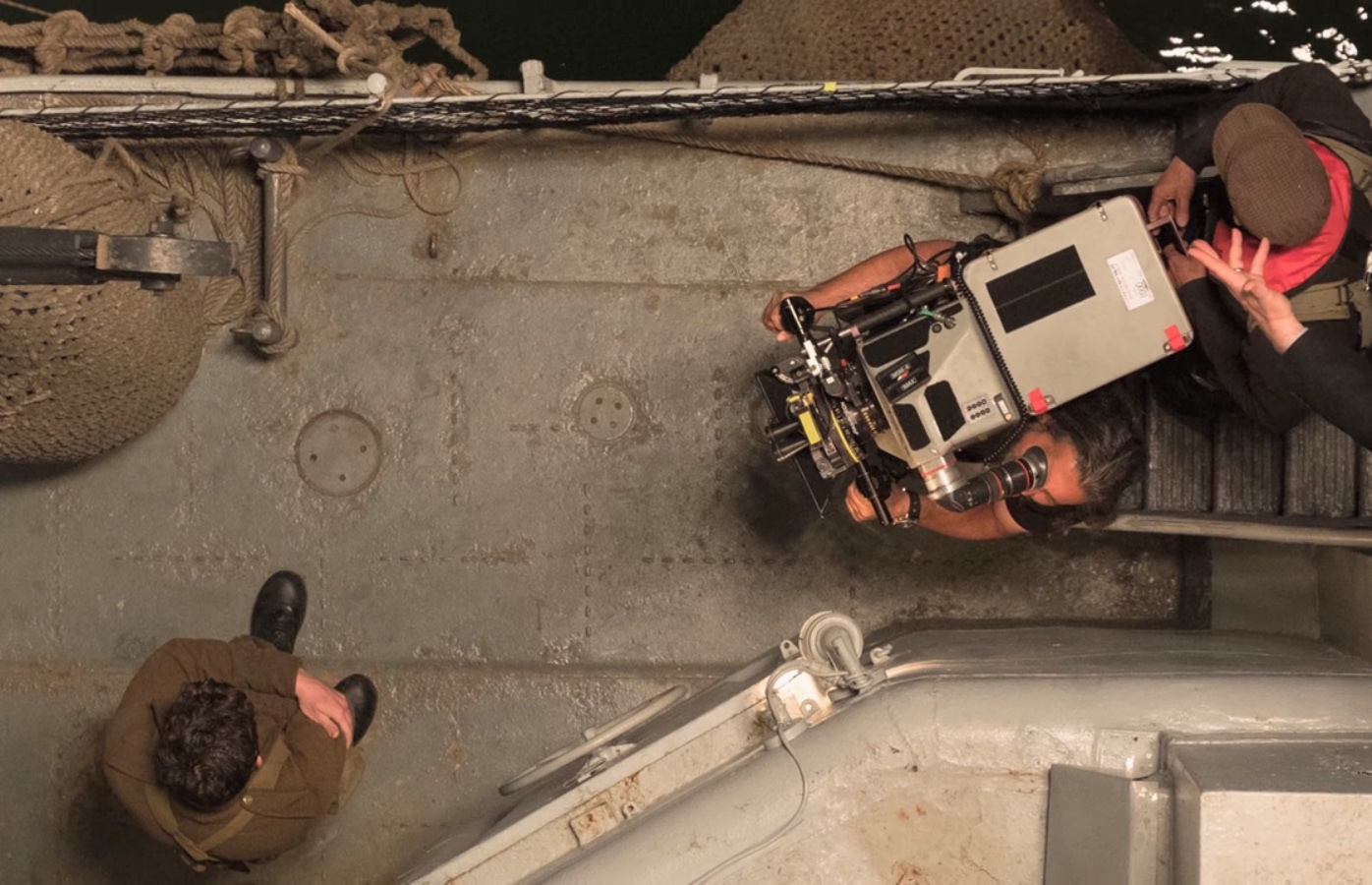
+++







